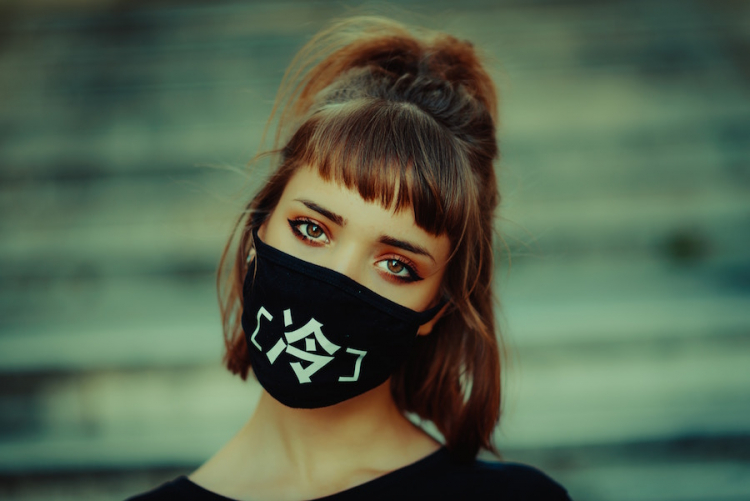Coronavirus' Effect on the Fashion Industry

The Coronavirus. We’ve all heard of it and most of us are (hopefully) taking the necessary precautions to stay safe and healthy. Not only are people’s immune systems suffering, but the fashion industry is taking a hit as well. China is the epicenter of the 2019-nCoV, also known as the coronavirus, and is also a vital financial pillar for the fashion industry. China is home to countless factories, suppliers and many buyers. According to fashion2fibre.com, “China is the biggest producer and exporter of textiles and clothing, accounting for 50 percent of the world's total fiber production and 58 percent of world textiles and clothing trade.”
Chinese ports and other transportation hubs have been closed to avoid, or slow down, the transmission of the virus. This level of quarantine has caused a large number of shipments to be delayed. Unfortunately, many brands and companies heavily rely on China for their shipments, and other parts of their supply chain such as manufacturing. Alphaliner, a maritime data provider, reported to The Wall Street Journal that ship calls in China have dropped 20% since January 20, 2020.
Shipping containers, Image credit: Unsplash/ Jerome MontaLondon-based fashion designer, Xuzhi Chen, spoke to BBC News about the expected two to three-week delays in deliveries and product launches. Since 2017, all of Xuzhi Chen’s production has been moved to China. In December 2019, many Chinese factories suspended all operations due to health concerns. "At the moment, we'll have no products to sell, and we could miss Fashion Week in Europe," he said. Although some of the factories have reopened, they are still not working at their full capacity. He went as far as saying Shanghai Fashion Week could potentially be postponed, or even canceled.
Due to travel restrictions, fashion weeks in Paris, London, and Milan will also be missing many of their significant Chinese buyers which is one of the most significant crowds, due to travel restrictions. “According to a Bain & Company study, 35% of all luxury goods purchases (fashion, watches, and jewelry) in 2019 were either conducted in China or made by Chinese nationals traveling abroad: That’s only 2% less than the U.S. and Europe combined,” reported US Vogue.
Brick and mortar stores have also been struggling during the Coronavirus outbreak. Vogue included an off the record comment made by "a senior executive at one of Europe’s largest luxury fashion houses." The source claims their biggest flagship store in China had only 5 customers in their store on their busiest day that week. That is nothing compared to the 600-800 people they claim usually go in the store every day. Out of those customers, 90-120 of them make a purchase. It is probably no coincidence LVMH has donated $2.3 million to the Chinese Red Cross Foundation.
Gucci store, Image credit: Unsplash/ Dima PechurinBig brands like Nike and Adidas have also spoken out about many of their stores in China being temporarily shut. Nike claims that almost 18% of its sales come from the greater China region, making this a threat to the company's economy. Apart from Nike and Adidas, Capri Holdings (owners of Versace, Jimmy Choo, and Michael Kors) have had to warn investors on the possible hit their sales could take as the virus spreads.
As a result of shops closing and general fear of the Coronavirus, e-commerce sales are actually expected to boost. This is due to the fact that a lot of people, especially in China, are going to be staying at home and the boredom and lack of activity could push them to do more online shopping than usual.
If the Coronavirus shows us one thing, besides basic hygiene measures, it is the importance of China in the global economy. It is one of the most important countries in all sectors, but the fashion industry is showing particular vulnerability. China provides materials, labor and a considerable amount of clients that contribute strongly to fashion’s economy.









